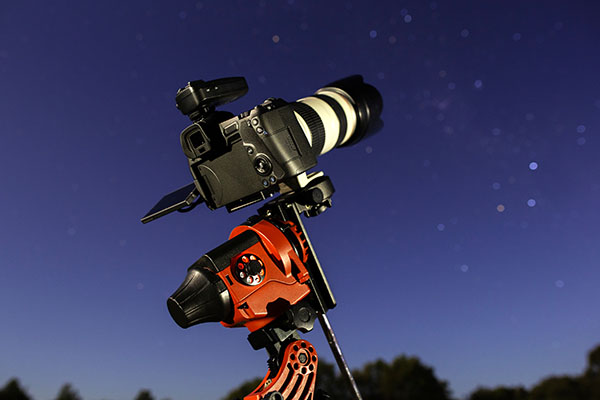
Astrophotography is a fascinating hobby that combines the wonders of the night sky with the art of photography. Whether you’re a seasoned astronomer or a budding stargazer, finding the right telescope is crucial for capturing breathtaking images of celestial objects.
This comprehensive guide will walk you through the best telescopes for astrophotography, ensuring you make an informed decision for your astronomical journey.
Before diving into the list, it’s important to understand what sets astrophotography telescopes apart from regular ones.
Astrophotography telescopes are designed to capture detailed and clear images of celestial bodies.
They typically have robust mounts for stability, high-quality optics for sharp images, and are often compatible with various camera attachments. You will also notice they are considerably more expensive than a regular telescope. It’s considered more of an investment for an aspiring astrophotographer.
The key is to find a telescope that balances aperture size, focal length, and portability to suit your specific astrophotography needs.
Starting our list is the Celestron NexStar 8SE, a telescope that offers a great combination of aperture size and user-friendly features.
Its 8-inch aperture provides excellent light-gathering capabilities, making it ideal for capturing detailed images of deep-sky objects. Plus, its computerised mount with a database of over 40,000 celestial objects makes finding and tracking targets a breeze.
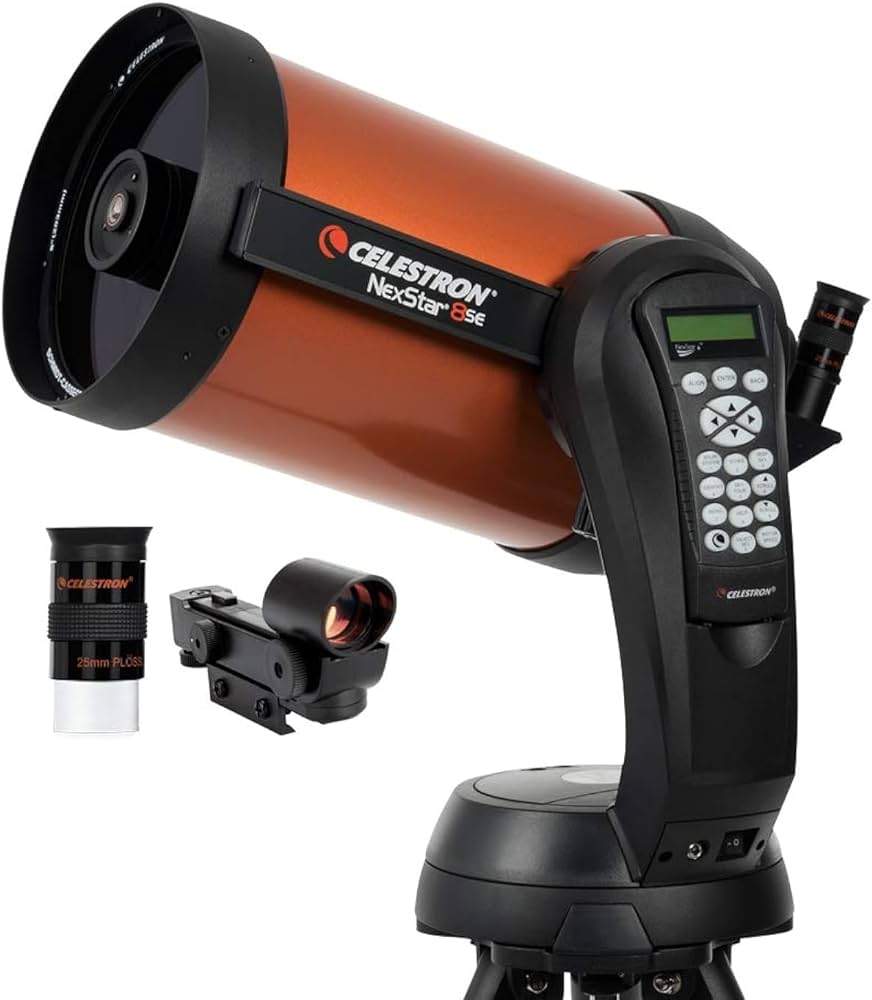
Next is the Orion SkyQuest XT10g, a Dobsonian telescope that excels in deep-sky astrophotography. With a 10-inch aperture, it captures more light, allowing for stunning images of galaxies and nebulae. Its GoTo mount automatically locates and tracks celestial objects, simplifying the photography process.

The Sky-Watcher Esprit 100 ED APO is a top-tier refractor telescope designed for serious astrophotographers. It features a triplet apochromatic lens that significantly reduces chromatic aberration, ensuring sharp, high-contrast images. Its sturdy build and excellent tracking accuracy make it a favourite among professionals.
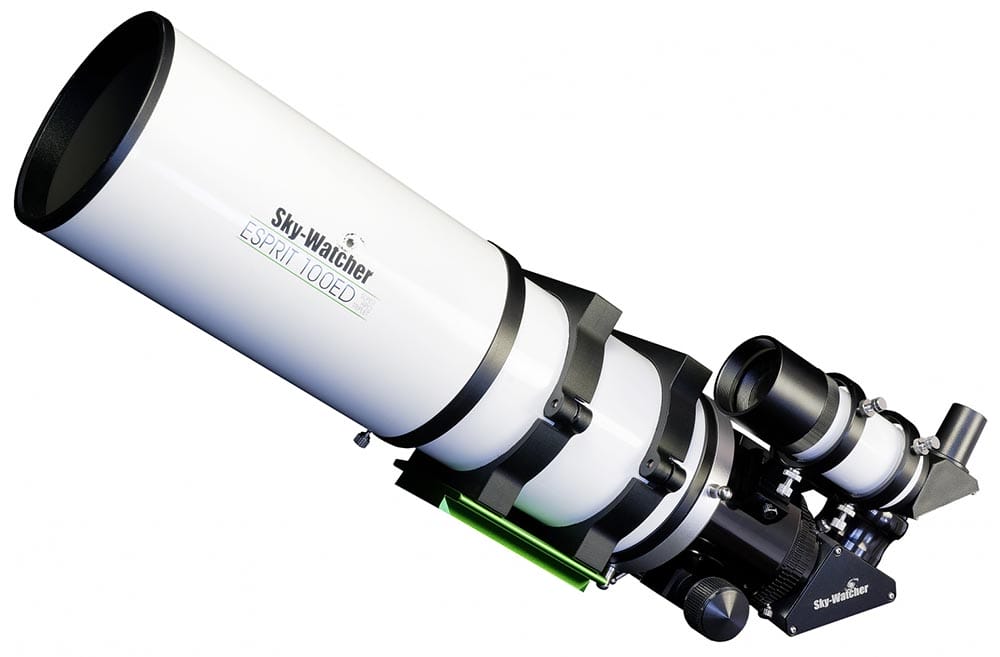
Meade’s LX90-ACF brings advanced coma-free optics to the table, providing images comparable to those from larger, more expensive telescopes. Its 8-inch aperture and computerised mount make it a solid choice for capturing detailed planetary and deep-sky images.
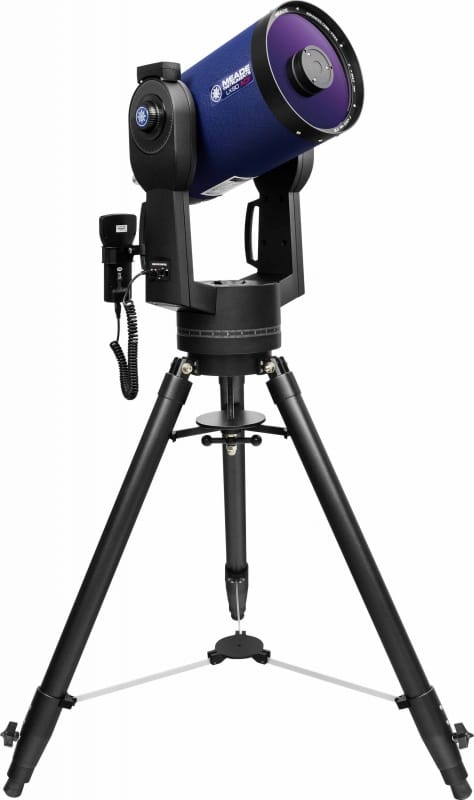
For those looking for a telescope optimised for astrophotography, the Celestron Advanced VX 8” EdgeHD is an excellent choice. Its EdgeHD optics provide superb image flatness across the field of view, crucial for astrophotography. The Advanced VX mount offers remarkable tracking capabilities, essential for long exposure photography.
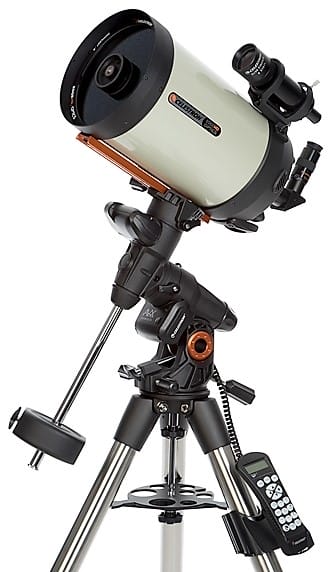
If sharp and crisp images are your priority, consider the Sky-Watcher ProED 120mm Doublet APO Refractor. This telescope features extra-low dispersion (ED) glass which minimises chromatic aberration. Its 120mm aperture offers a good balance between light-gathering capability and portability.

The Orion Atlas 10 EQ-G GoTo Reflector is another excellent option, especially for those interested in photographing fainter deep-sky objects. It combines a large 10-inch aperture with a high-precision equatorial mount, ensuring accurate tracking over extended exposure times.
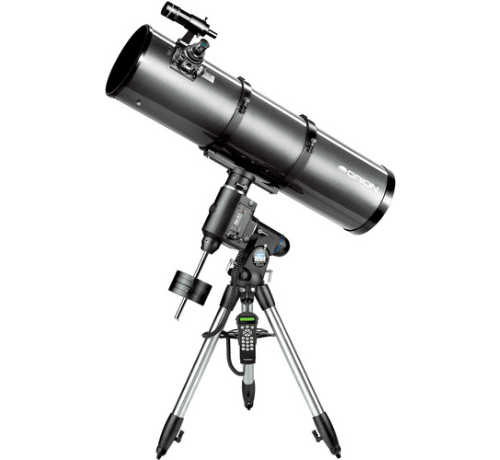
For wide-field astrophotography, the Takahashi FSQ-85EDX is unparalleled. This refractor telescope offers a flat field without the need for additional correctors, making it ideal for capturing large areas of the night sky in stunning detail.
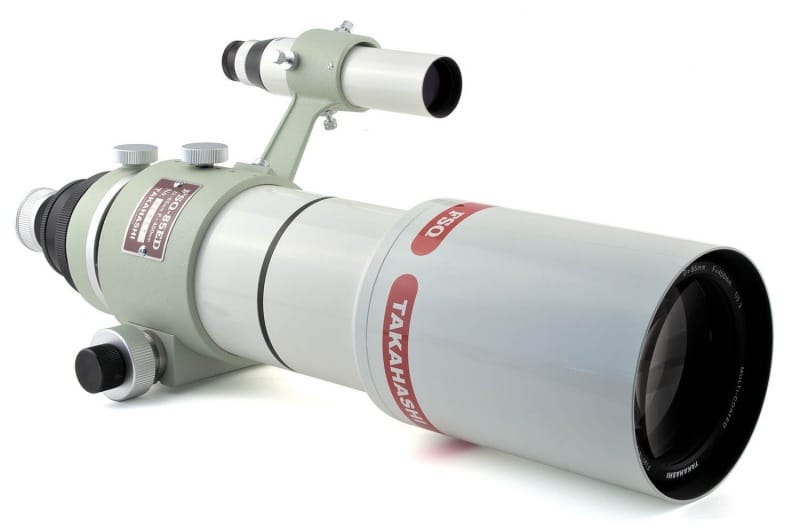
The Celestron CGX-L 1400 EdgeHD stands out with its massive 14-inch aperture, making it one of the best telescopes for capturing faint, distant objects. Its advanced EdgeHD optics provide edge-to-edge sharpness, and the CGX-L mount offers superior load capacity and tracking accuracy.
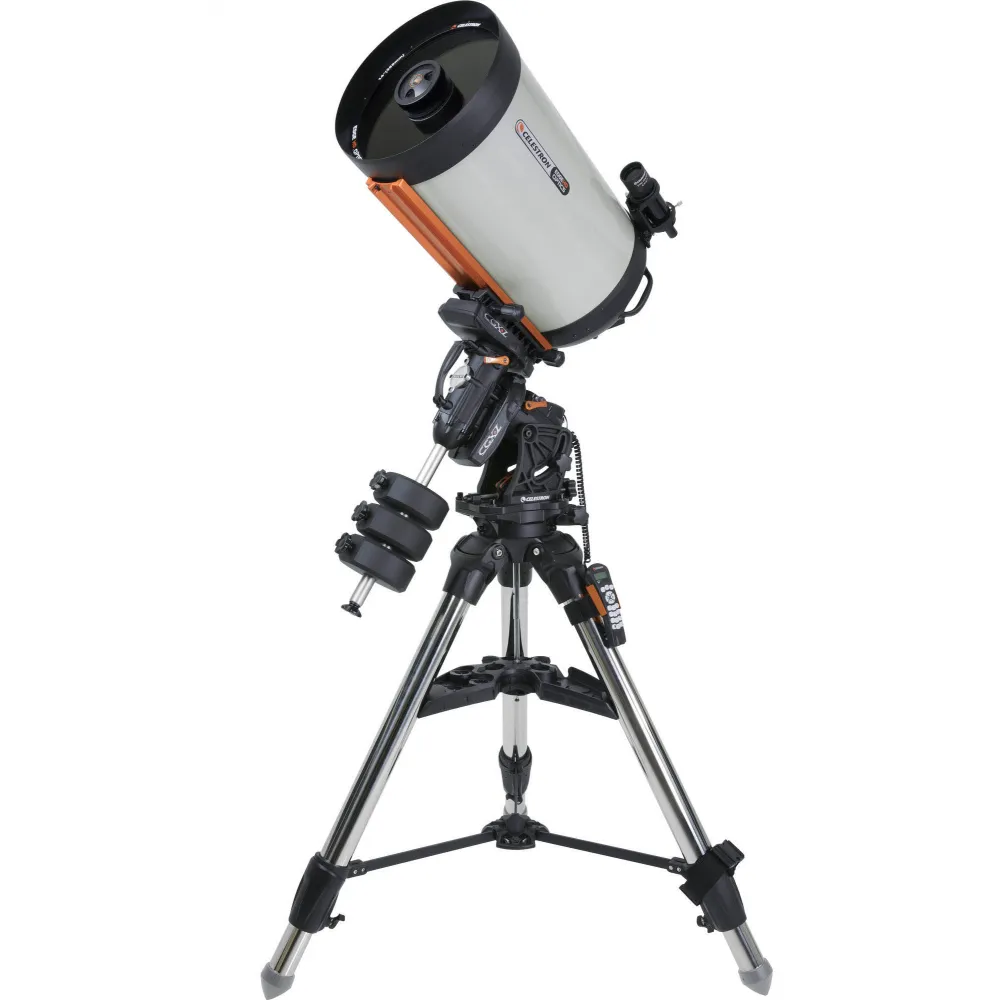
Selecting the best telescope for astrophotography depends on several factors, including the types of celestial objects you want to photograph, your experience level, and your budget. Reflectors generally offer larger apertures at lower costs, while refractors provide sharper images with less maintenance.
Consider the weight and portability if you plan to travel with your telescope. And don’t forget to account for additional accessories like cameras and tracking mounts.
Astrophotography is a rewarding pursuit that allows you to capture the beauty of the cosmos. The right telescope can make a significant difference in your astrophotography journey, enabling you to take breathtaking images of the night sky.
Whether you’re a novice or an experienced stargazer, this guide to the best telescopes for astrophotography will help you find the perfect fit for your celestial adventures. Clear skies and happy shooting!
(iPhotography may make small commissions from links in this article.)
Discover TOP features in the Lightroom CC mobile app with this guide for enhancing your photo editing skills. For desktop and tablet too.
Shooting sunsets using amazing 5-in-1 magnetic lens filters from Kentfaith, the 1st choice for photo & video products.
Popular memory cards for photography – what’s the best SD card for your digital camera? Choose the right capacity and class speed in our guide
Learn the basics of photography – fast – with our FREE 60-Second Photographer online course. Each class is short and sharp with simple, actionable steps that give you immediate results.
x 30 lessons

© iPhotography™
Become a confident and competent photographer in less than 30 minutes!
Before you leave, make sure you’ve secured your FREE online photography course (worth £29.99)
Each class is just 60-seconds or less making it the fastest and easiest way to learn photography!